Back at the beginning of 2021, Toyota Research Institute (TRI) and tech partner Stanford Engineering revealed the world’s first self-drifting GR Supra. This was much more than a novel exercise. The project was designed to combine vehicle automation technology with artificial intelligence (AI) to improve safety, such as the vehicle’s ability to recover from a slide while driving on snow or ice.
Since then, the teams have continued their collaboration to further improve these technologies. The result is another world-first – an autonomous drift sequence featuring two GR Supra sports cars in tandem. By adding a second car the teams were able to simulate more closely the dynamic conditions in which cars must respond quickly to other vehicles, pedestrians and cyclists.
Finding safety at the edge of control
Car crashes result in about 1.35 million fatalities worldwide every year. Many of these incidents are due to a loss of vehicle control in sudden, dynamic situations. Autonomy assisted by AI holds tremendous promise for helping drivers to react correctly.
“Our researchers came together with one goal in mind – to make driving safer,” said Avinash Balachandran, vice president of TRI’s human interactive driving division. “Utilising the latest tools in AI, we can drift two cars in tandem autonomously. It is the most complex manoeuvre in motorsports, and reaching this milestone with autonomy means we can control cars dynamically at the extremes. This has far-reaching implications for building advanced safety systems into future automobiles.”
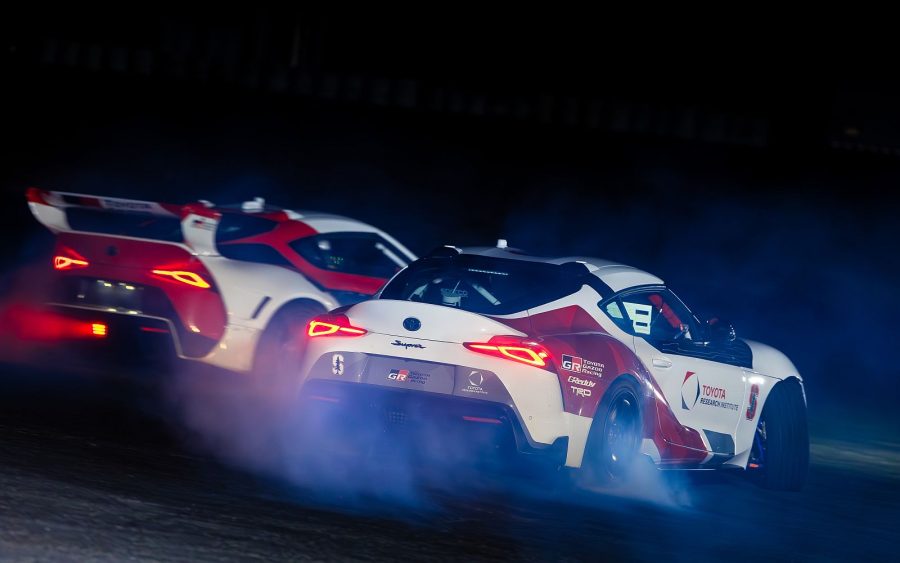
“The physics of drifting is similar to what a car might experience on snow or ice,” added Chris Gerdes, professor of mechanical engineering and co-director of the automotive research department at Stanford Engineering. “What we have learned from this autonomous drifting project has already led to new techniques for controlling automated vehicles safely on ice.”
The vehicle’s AI includes a neural network tyre model. This allows it to learn from experience and prevailing road conditions, much like an expert driver.
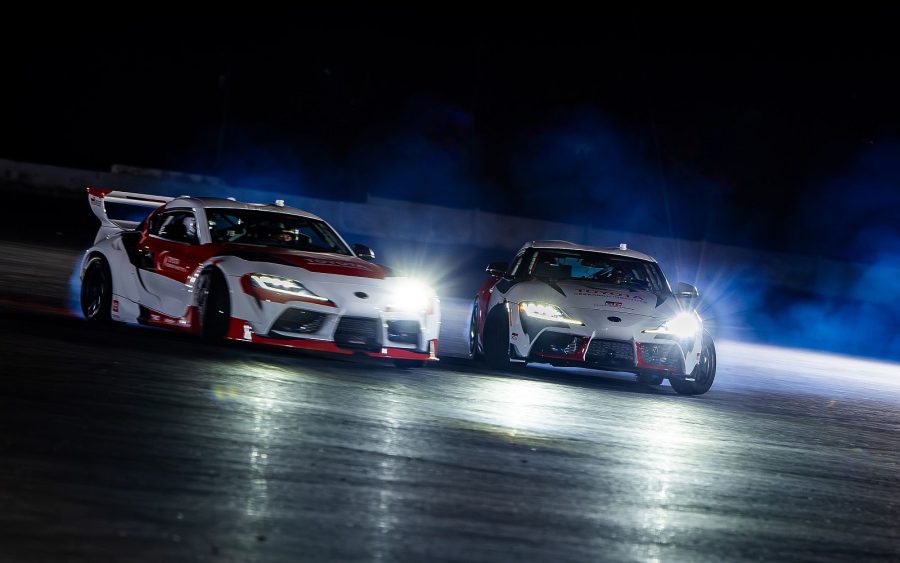

“When your car begins to skid or slide, you rely solely on your driving skills to avoid colliding with another vehicle, tree, or obstacle. An average driver struggles to manage these extreme circumstances. And a split second can mean the difference between life and death,” revealed Balachandran. “This new technology can kick in precisely in time to safeguard a driver and manage a loss of control, just as an expert drifter would.”
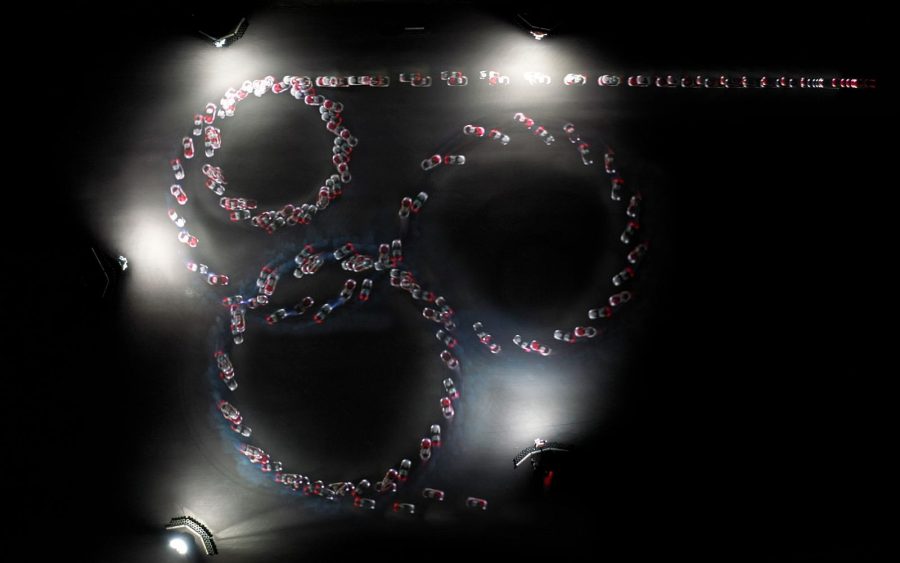

How does the vehicle AI work?
To achieve autonomous tandem drifting, the vehicles continually plan their steering, throttle, brake commands and trajectory using a technique called nonlinear model predictive control. Each GR Supra starts with objectives, represented mathematically as rules or constraints that it must obey. The lead vehicle’s objective is to sustain a drift along a desired path while remaining subject to the laws of physics and hardware limits, such as the maximum steering angle. For the following vehicle, the objective is to drift alongside the lead vehicle while avoiding a collision.
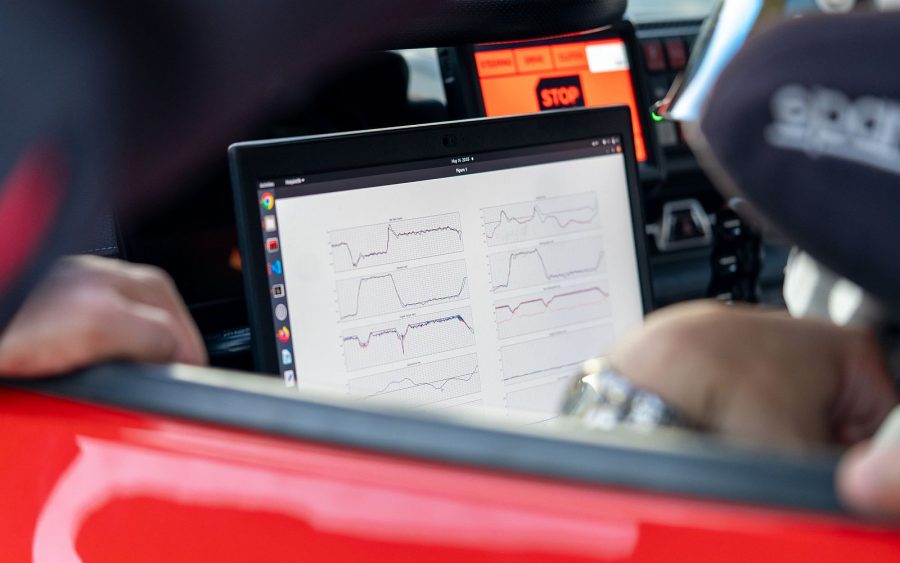

Each GR Supra then solves and re-solves an optimisation problem, up to 50 times per second. It decides which steering, throttle and brake commands best meet its objectives while responding to rapidly changing conditions. The AI uses historical and real-time data to constantly train the neural network and therefore improve the vehicle’s performance.
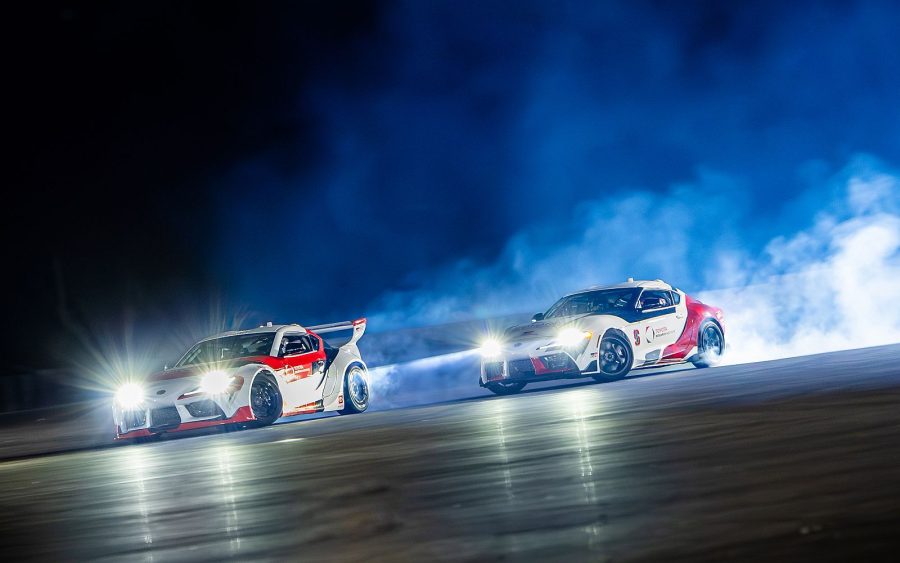

GR Supra test cars: modified to drift
The team’s test cars were modified by GReddy and Toyota Racing Development to the same specifications as GR Supra models used in the Formula Drift championship. In addition, both cars were equipped with computers and sensors to control steering, throttle and brakes, and monitor motion (position, velocity and rotation rate). Crucially, they share a dedicated WiFi network that lets them communicate in real time, exchanging information such as their relative positions and planned trajectory.
Learn more: TRI’s tandem drifting blog
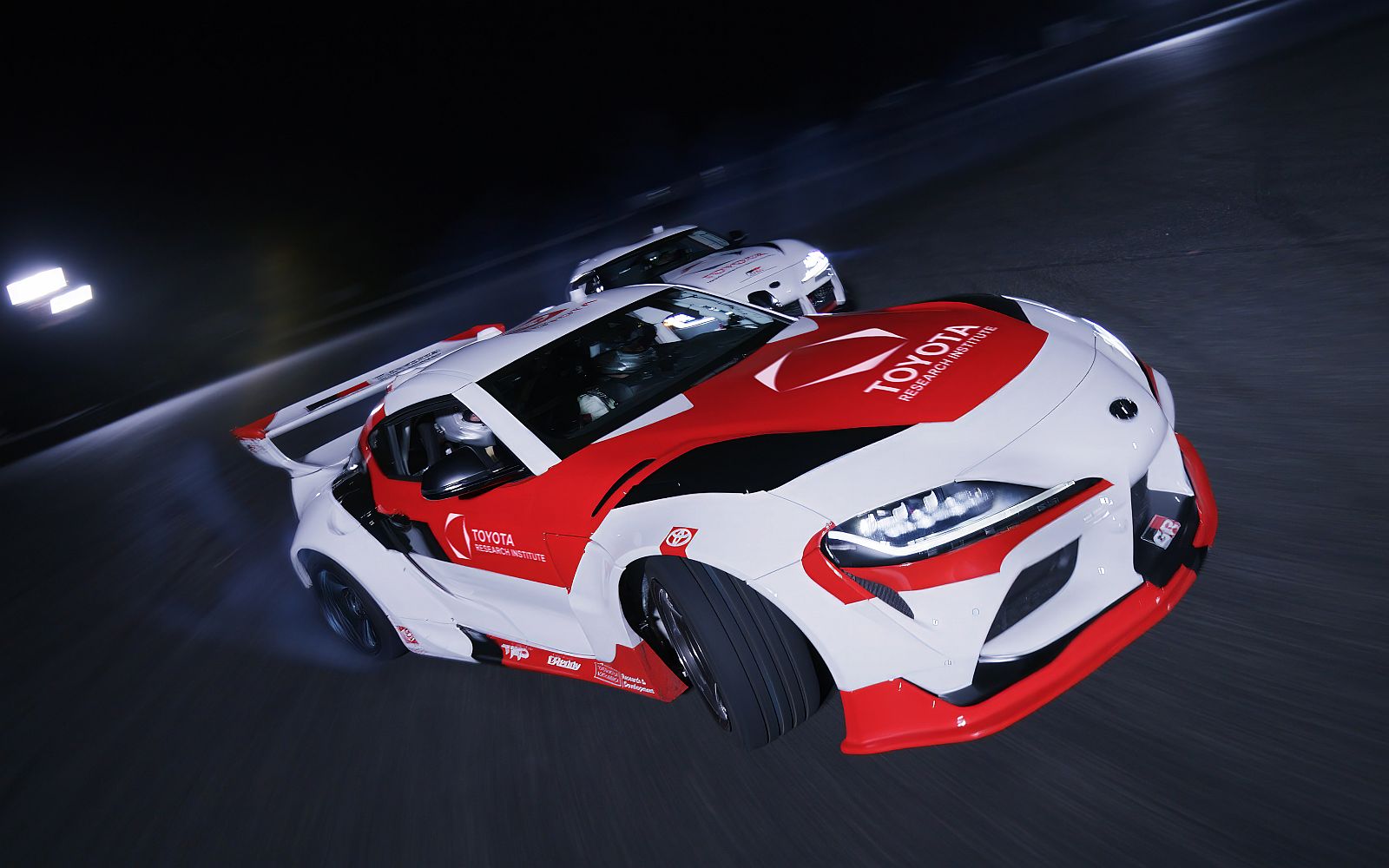
Comments are closed